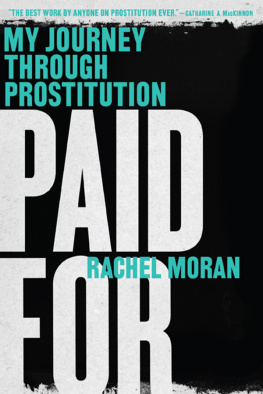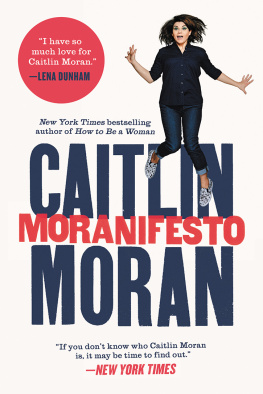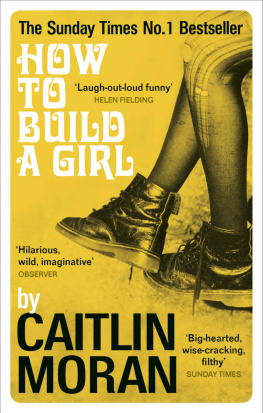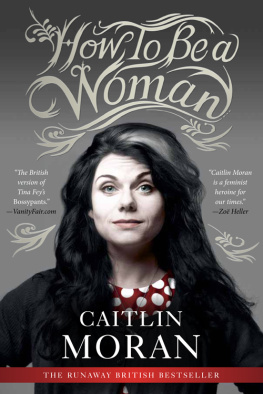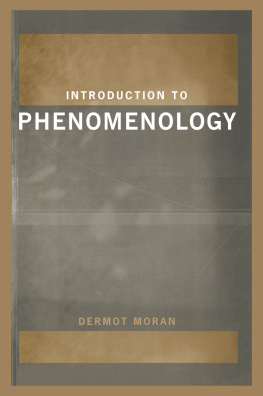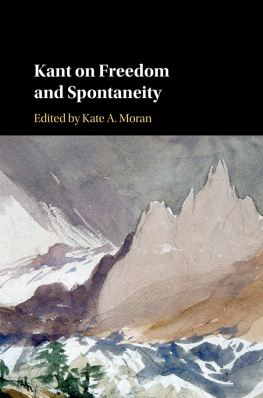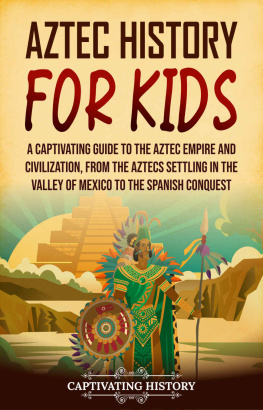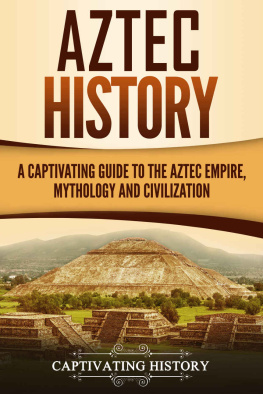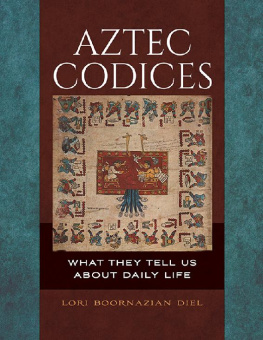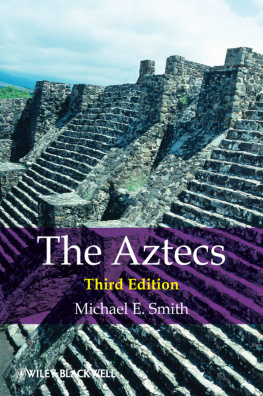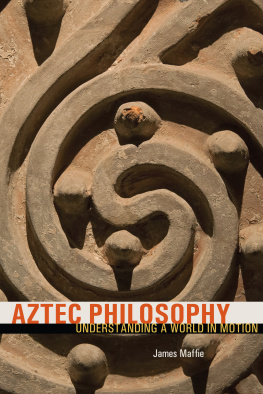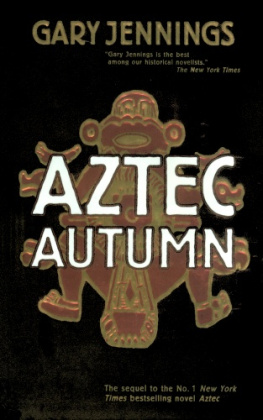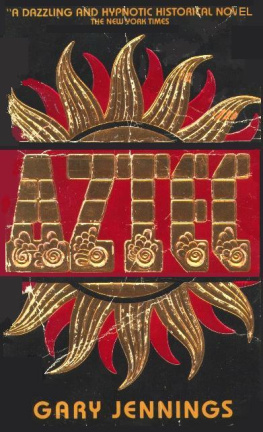Morán - Sacred Consumption
Here you can read online Morán - Sacred Consumption full text of the book (entire story) in english for free. Download pdf and epub, get meaning, cover and reviews about this ebook. year: 2016, publisher: University of Texas Press, genre: Religion. Description of the work, (preface) as well as reviews are available. Best literature library LitArk.com created for fans of good reading and offers a wide selection of genres:
Romance novel
Science fiction
Adventure
Detective
Science
History
Home and family
Prose
Art
Politics
Computer
Non-fiction
Religion
Business
Children
Humor
Choose a favorite category and find really read worthwhile books. Enjoy immersion in the world of imagination, feel the emotions of the characters or learn something new for yourself, make an fascinating discovery.

Sacred Consumption: summary, description and annotation
We offer to read an annotation, description, summary or preface (depends on what the author of the book "Sacred Consumption" wrote himself). If you haven't found the necessary information about the book — write in the comments, we will try to find it.
Making a foundational contribution to Mesoamerican studies, this book explores Aztec painted manuscripts and sculptures, as well as indigenous and colonial Spanish texts, to offer the first integrated study of food and ritual in Aztec art.
Sacred Consumption — read online for free the complete book (whole text) full work
Below is the text of the book, divided by pages. System saving the place of the last page read, allows you to conveniently read the book "Sacred Consumption" online for free, without having to search again every time where you left off. Put a bookmark, and you can go to the page where you finished reading at any time.
Font size:
Interval:
Bookmark:
SACRED CONSUMPTION
FOOD and RITUAL in AZTEC ART and CULTURE
ELIZABETH MORN

UNIVERSITY OF TEXAS PRESS
Austin

This book is a part of the Latin American and Caribbean Arts and Culture publication initiative, funded by a grant from the Andrew W. Mellon Foundation.
Copyright 2016 by the University of Texas Press
All rights reserved
First edition, 2016
Requests for permission to reproduce material from this work should be sent to:
Permissions
University of Texas Press
P. O. Box 7819
Austin, TX 78713-7819
http://utpress.utexas.edu/index.php/rp-form
LIBRARY OF CONGRESS CATALOGING-IN-PUBLICATION DATA
Names: Morn, Elizabeth, Ph.D., author.
Title: Sacred consumption : food and ritual in Aztec art and culture / Elizabeth Morn.
Description: First edition. | Austin : University of Texas Press, 2016. | Series: Latin American and Caribbean arts and culture publication initiative (Andrew W. Mellon foundation) | Includes bibliographical references and index. | Description based on print version record and CIP data provided by publisher; resource not viewed.
Identifiers: LCCN 2015043235 (print) | LCCN 2015044243 (e-book)
ISBN 9781477310595 (cloth : alk. paper)
ISBN 9781477310694 (pbk. : alk. paper)
ISBN 9781477310700 (library e-book)
ISBN 9781477310717 (non-library e-book)
Subjects: LCSH: AztecsFood. | Food in art. | FoodSocial aspectsMexico. | Aztec artThemes, motives. | AztecsSocial life and customs. | Art, MexicanHistory.
Classification: LCC F1219.76.F67 (print) | LCC F1219.76.F67 M67 2016 (e-book) DDC 394.1/20972dc23
LC record available at http://lccn.loc.gov/2015043235
doi:10.7560/310595
To Mayra, for her endless knowledge
and willingness to always share it
CONTENTS
PREFACE
This research began as a seed when I came across the funeral portraits of the nineteenth-century Mexican photographer Juan de Dios Machain. In so many images, a child appeared along with offerings of food and flowers. Almost always present was the maize offering. As an art historian working on Mesoamerican art, I began wondering about food rituals in Aztec culture. What foods were depicted in art? What was the context for these representations? What can this tell us about Aztec culture and Mesoamerica in general?
Food rituals are certainly not unique to the Aztecs; every culture on earth, ancient and contemporary, has set rituals that involve food. The Aztecs, like all Mesoamerican peoples, connected many of their food-related rites to agricultural activities. However, this study illustrates that food is much more than a symbol of agricultural abundance in rituals: food gives meaning to the many facets of the Aztec worldview.
Celebrations during the 365-day solar calendar demonstrate the complexity of meanings in food rites. Maize could appear as a food offering for consumption, but it could also be used as a weapon to torture soon-to-be sacrificial victims. Food could identify a person: bride, groom, newborn child, old person, priest, ritual participant, or sacrificial victim. It could also mark time, both cosmic and mundane. For example, food use in ritual marked when a child became a functioning member of Aztec culture, but it also marked the creation and destruction of the five eras of the Aztec world. Time and space are created and destroyed by consumption.
The absence of food, whether voluntarily (as fasting) or not (as hunger), is just as powerful in Aztec ideology and rites as the foods themselves. In the Aztec rituals recorded in ethnographic sources, individuals who fast have access to benefits that others do not. In Aztec myth, food absence due to natural disasters is of course a clear indication of something misaligned in the cosmic ordering of things.
Food always comes from and goes back to the earth. This cyclic pattern is repeated in Aztec rituals and is part of the larger Mesoamerican ideology on the nature of the relationship between humans and gods. The ebb and flow of that relationship, much like the movements of a river, is never the same. French anthropologist Maurice Godelier writes that reciprocal exchanges of benefits can never be truly reciprocal, since the benefits that are shared and given are never equivalent. Consumption is part of that reciprocal relationship between people and divine powers; food received is consumed, ingested, and eventually returned to the earth. That is the order of things.
ACKNOWLEDGMENTS
This project has been worked on for many years, covering many different parts of my lifeas scholar, colleague, wife, sister, and daughter, among many others. Therefore I have numerous individuals and institutions to acknowledge.
I have been fortunate to meet a great many creative and supportive individuals through my teaching and scholarship and I would like to thank in particular Susan Mullally and Caroline Garrett Hardy, who have been colleagues, sisters, mentors, and mothers to me. I appreciate the many conversations that I had with Dr. Angela Herren Rajagopalan on research, the Mexicas, Mexican manuscripts, and life in general. Her friendship and support have been invaluable. I am greatly indebted to Dr. Eloise Quiones Keber for sharing her love of Mesoamerican cultures and art with me and for guiding me as a graduate student and now as a colleague.
This project would have never been completed without the help of my husband, Jeffrey Clayton, who understood that it was his turn to cook dinner again because I was working on the book. His patience and generosity are boundless. I would also like to thank my family, the Morn clan, for their support and love. My sister Mayra has been my constant cheerleader since I went from crawling to walking. It is to her that I dedicate this book. I thank my parents, Mara and Heriberto, for allowing me to follow my passion.
I would like to thank my home institution, Christopher Newport University (CNU), Newport News, Virginia, specifically my colleagues in the Department of Fine Art and Art History, who have always supported my research endeavors. It has been a privilege to work alongside such generous faculty. I also thank the many art and art history students at CNU who wanted to know more about my work and were excited to learn about Mesoamerican art and cultures.
Many individuals at museums and archives helped me throughout this research, and I would like to thank those at the Brooklyn Museum of Art, New York; the National Museum of the Native American Indian, Washington, DC; El Museo del Templo Mayor, Mexico City; and El Museo Nacional de Antropologa, Mexico City. Finally, I am extremely grateful to the editors at the University of Texas Press, especially Kerry Webb, who worked so patiently with me on this manuscript.
INTRODUCTION
The people popularly known as the Aztecs are often introduced and discussed from the point of their contact and eventual conquest by Europeans in the sixteenth century. The Aztec story seems to run backward in history, starting with their end rather than their beginning. But this common narrative is neither the end nor the beginning; it is simply one version of the history of these people. The Aztec culture was one of many cultures that existed in the Americas. From Alaska to the Caribbean and South America, Amerindian populations existed with various forms of political order, population size, and religious concepts. The Aztecs are part of Mesoamerican cultures that extend from modern-day Mexico to various southern areas, including Honduras and Belize. Mesoamerican cultures such as the Olmec, Zapotec, and Maya peoples shared similar religious ideologies based on nature and the universe, such as analogous similar constructions of creation accounts and deities. These people also created monumental art and architecture to communicate their ideologies and developed similar cultural characteristics, like the use of calendars and ritual sacrifice.
Next pageFont size:
Interval:
Bookmark:
Similar books «Sacred Consumption»
Look at similar books to Sacred Consumption. We have selected literature similar in name and meaning in the hope of providing readers with more options to find new, interesting, not yet read works.
Discussion, reviews of the book Sacred Consumption and just readers' own opinions. Leave your comments, write what you think about the work, its meaning or the main characters. Specify what exactly you liked and what you didn't like, and why you think so.

